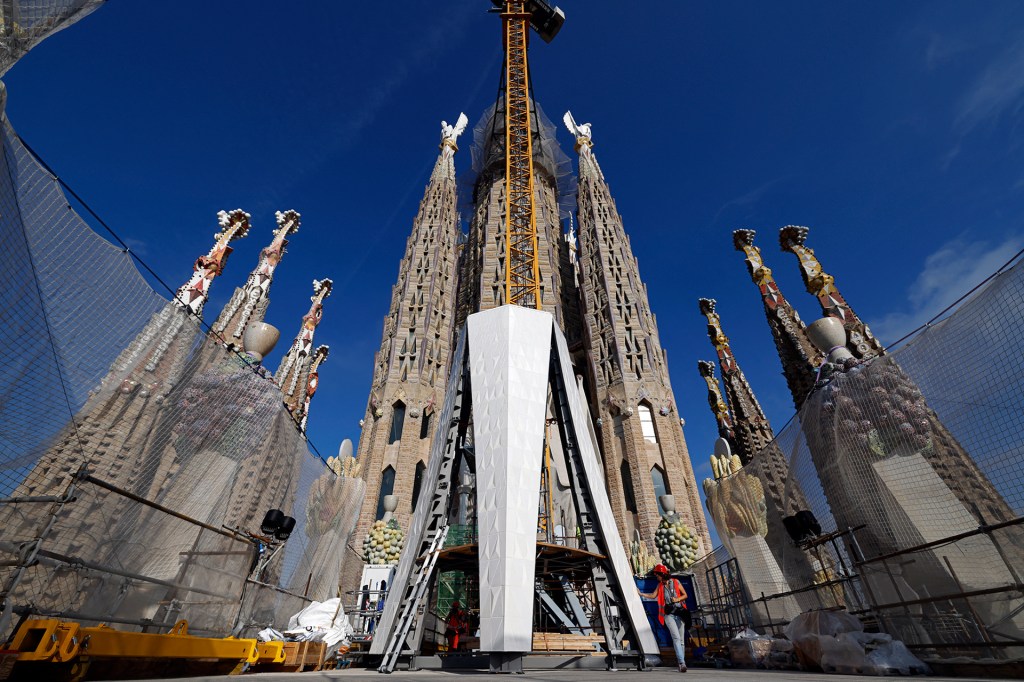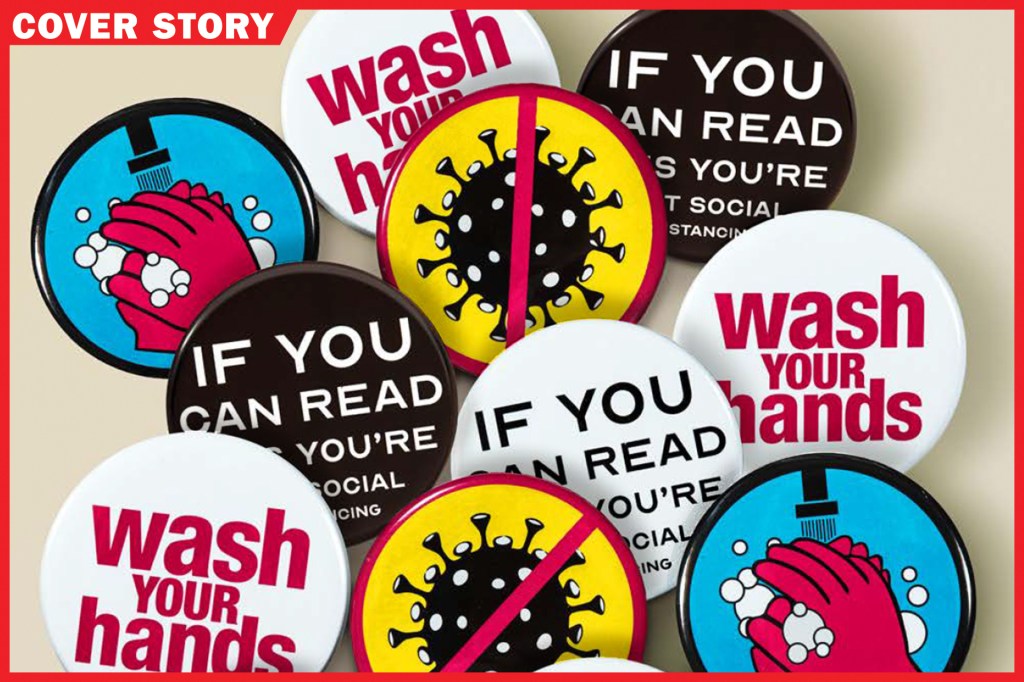
Brighid Pulskamp has made hundreds of face masks for the people of the Navajo Nation. The tribe lives in Utah, Arizona, and New Mexico. Pulskamp wants us to remember how the Navajo handled the pandemic. “Our people are resilient,” she told TIME for Kids.
Pulskamp has donated masks to a museum. The Autry Museum of the American West is in Los Angeles, California. In April, it put out a call for contributions. It asked for face masks, family recipes, and stories about how people were living through the pandemic.
The Autry is not alone. Museums everywhere are collecting items. When the pandemic is over, things like hand sanitizer and grocery lists will become valuable to historians. These ordinary objects will tell the story of how we experienced this life-changing event.

FACE MASKS Brighid Pulskamp’s masks are inspired by Navajo culture. They are part of the collection of the Autry Museum of the American West.
COURTESY BRIGHID PULSKAMP (2)Picture This
Eventually, museums hope to collect things like medical equipment and social-distancing signs. For now, they’re mostly collecting digital artifacts, like photographs.
Maria Hagstrup is a curator
curator
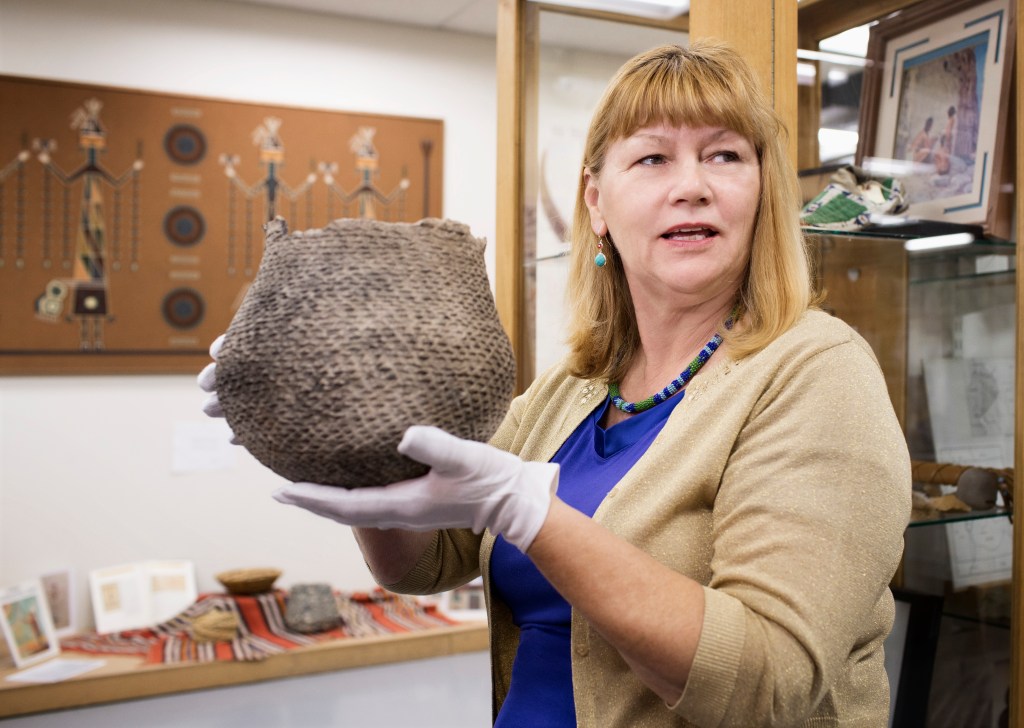 HILL STREET STUDIOS/BLEND IMAGES
a person who is in charge of what's in a museum or an exhibit
(noun)
The curator examined an item to be displayed in the museum.
at Vesthimmerlands Museum, in Denmark. Lockdown began there in March 2020. Hagstrup grabbed her camera. “I walked around, taking photos of what did not happen!” she says.
HILL STREET STUDIOS/BLEND IMAGES
a person who is in charge of what's in a museum or an exhibit
(noun)
The curator examined an item to be displayed in the museum.
at Vesthimmerlands Museum, in Denmark. Lockdown began there in March 2020. Hagstrup grabbed her camera. “I walked around, taking photos of what did not happen!” she says.
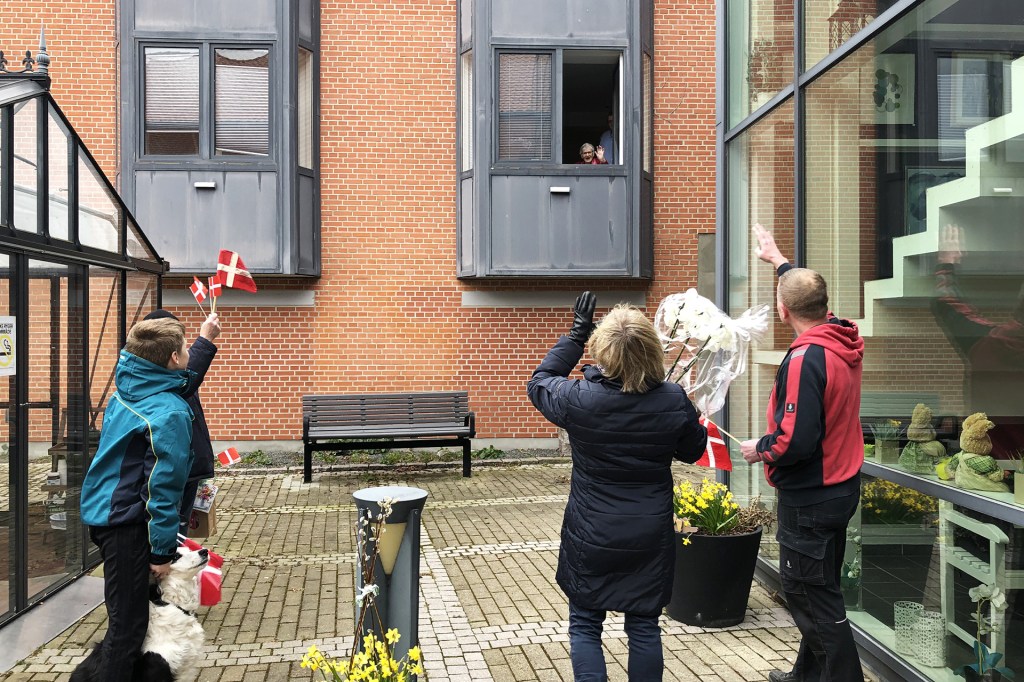
HAPPY BIRTHDAY Maria Hagstrup’s photos document pandemic life. This family is celebrating a birthday at a nursing home in Denmark.
MARIA HAGSTRUPIn Hagstrup’s photos and in others sent to her museum, cities are deserted. There was a “feeling of great loneliness” everywhere, she says. But there were lighter moments, too: “A dentist in equipment that looks like something from space,” she says. “Or people singing from their balconies.”
Personal Stories
The California Historical Society (CHS) has asked people to share their stories. Some are from kids. Xiomara, 13, is from Marina, California. She describes staying home during the pandemic. She has missed her grandmother. “I like to let her know that I love her,” she writes. “I could do that through the phone, but it’s just not the same as hugging someone and spending the day with them.”
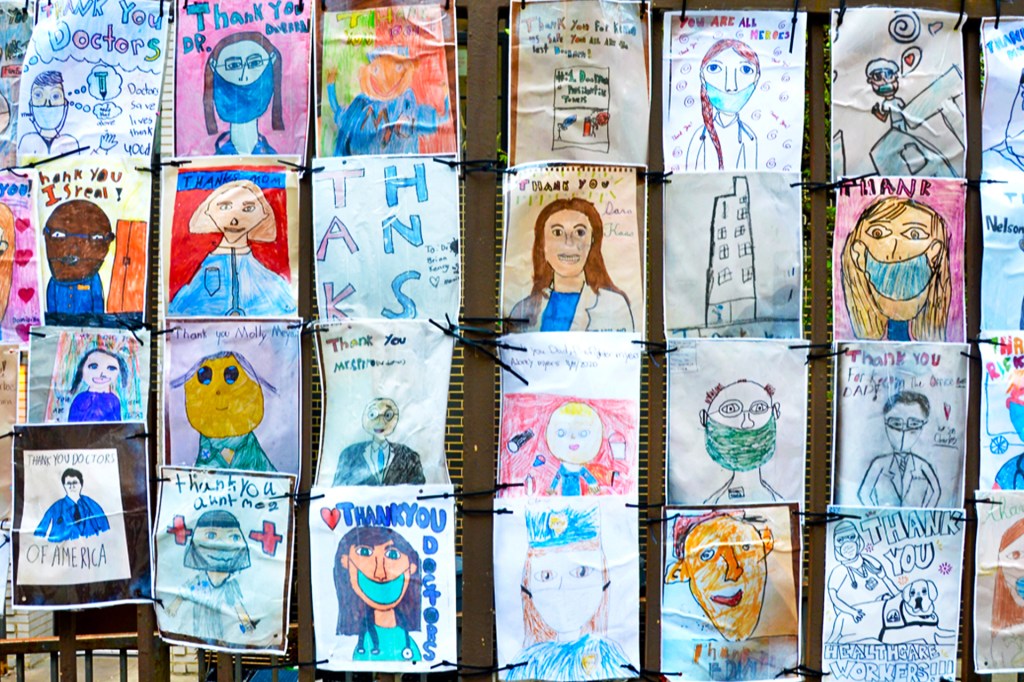
KIDS’ ART Children thank healthcare workers with artwork in this photo from the New-York Historical Society.
STEPHEN HARMONFrances Kaplan is a librarian and archivist
archivist
 CYANO66—GETTY IMAGES
a person whose job is to gather and oversee the items in a collection of documents
(noun)
The museum hired an archivist to organize historic documents.
at CHS. She says stories like Xiomara’s will help future generations understand the emotional impact of the pandemic. “People are not shying away from personal details,” she says.
CYANO66—GETTY IMAGES
a person whose job is to gather and oversee the items in a collection of documents
(noun)
The museum hired an archivist to organize historic documents.
at CHS. She says stories like Xiomara’s will help future generations understand the emotional impact of the pandemic. “People are not shying away from personal details,” she says.
That’s what museums are counting on. “History is made by ordinary people and their everyday lives,” Aaron Bryant says. He’s a curator at the National Museum of African American History and Culture, in Washington, D.C. “Even ordinary things”—like face masks—“can reflect history in an important way.”
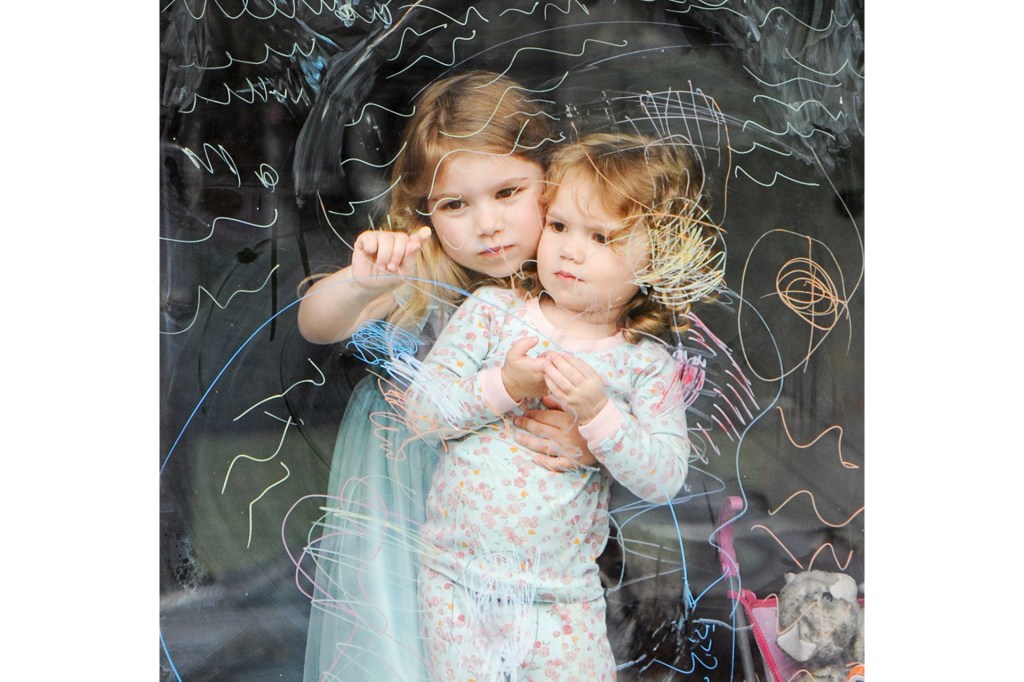
STUCK AT HOME This photo of two sisters was submitted to the International Center of Photography’s pandemic art project.
KATE ALBRIGHT FOR MONTCLAIRLOCAL.NEWSWhat’s Your Story?
How has your life changed during the pandemic? Historians want to know how people are spending their time, what challenges they face, and what brings them moments of joy.
Libraries, historical societies, and museums in your area might have websites where you can submit your account of pandemic life. You may also be able to share pictures of pandemic-related objects. These might include grocery lists or art projects you’ve created while at home.





